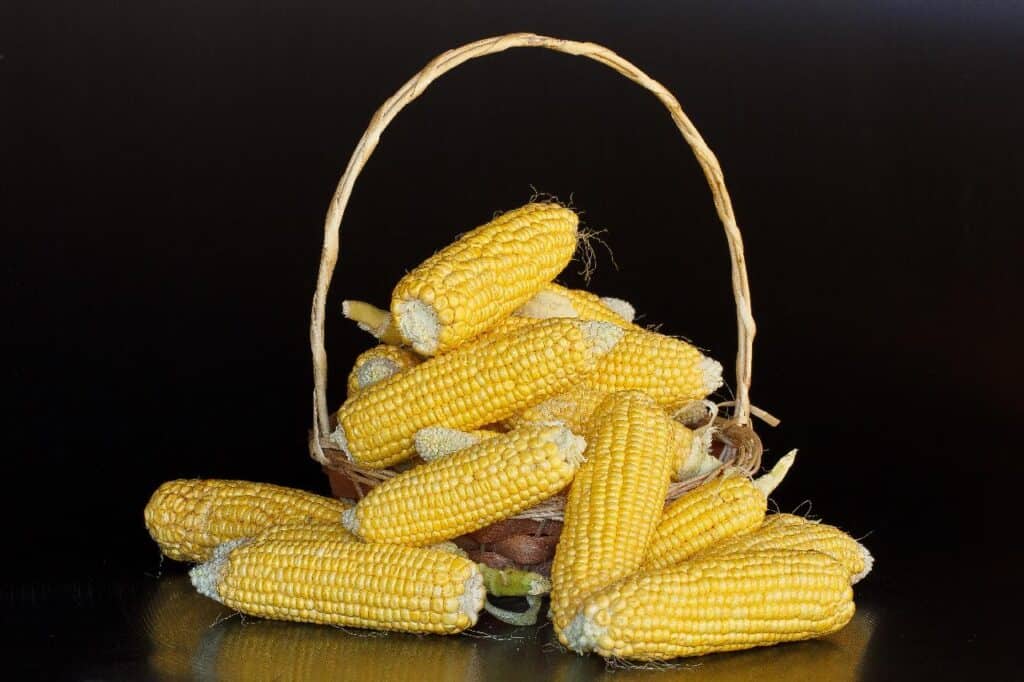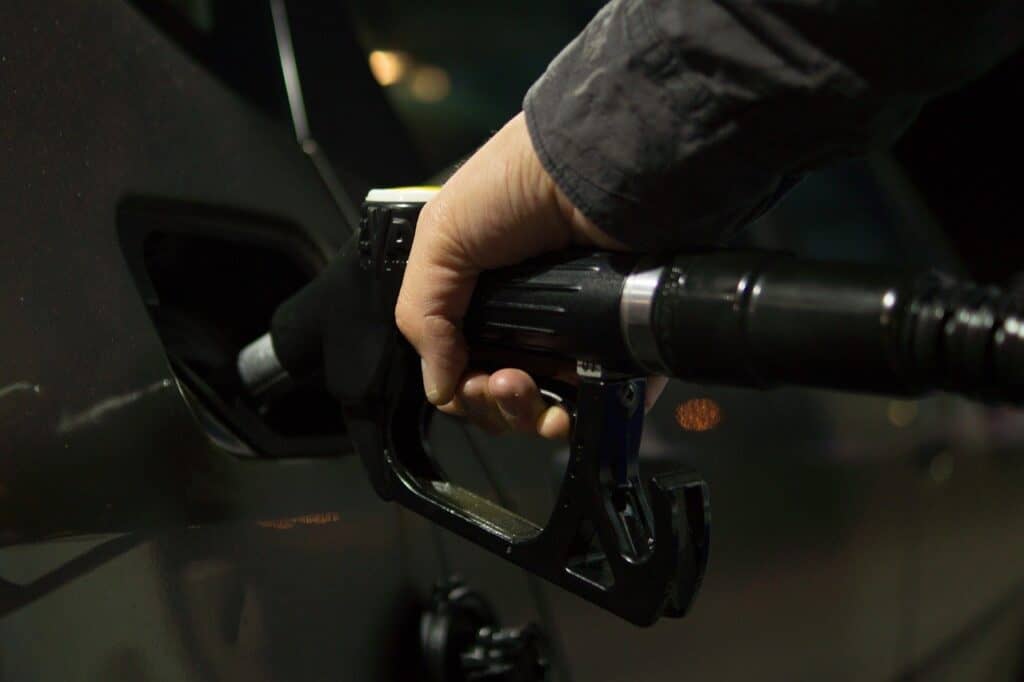Cornstarch is a very useful material in the kitchen. It’s made from, as the name suggests, corn, and the white powder has a huge number of applications both at home and in industrial settings. Its most popular use is as a thickening agent for marinades, gravies, and the like. But is cornstarch powder a fire risk and should we be cautious about how we store it and use it in our homes?
Cornstarch is very flammable. Cornstarch isn’t just a fire hazard, it could potentially be explosive if it ignites while there’s cornstarch powder in the air. That doesn’t mean you should throw out your cornstarch, mind you, but it does mean that you ought to be careful when you use cornstarch at home.
Let’s take a closer look at cornstarch and why it can be so flammable. Here’s what you need to know.
Your # 1 priority is keeping your family safe. As a firefighter, I recommend everyone has updated smoke detectors that don’t require battery changes, like these ones from Kidde, a fire extinguisher, like this one from Amerex, and a fire escape ladder if you have bedrooms above the first floor, I recommend this one from Hausse.
Also read: What Makes Something Flammable?
What Is Cornstarch Powder?

Corn starch is also called maize starch, and, in the UK, it may also be known as corn flour. It is a starch which is completely derived from corn (maize). It’s made out of the endosperm, that is a form of tissue in plants, in the kernel (seed) of the corn.
It’s number one use is as a thickening agent and it’s very commonly used in kitchens and in the catering industry to thicken everything from soup to sauce.
It’s also quite valuable for other uses and you can find it being used in adhesives, paper, textiles and even medicine. (It’s commonly used to help supply glucose for those who cannot store glycogen properly in their body).
It is commonly stored in powder or dust form and that, as we shall see, presents some serious risks when working with cornstarch, but the most interesting thing about cornstarch is how it behaves in a solution of cornstarch and water.
In solution, it becomes a non-Newtonian fluid. That is its viscosity (thickness, runniness) changes when the solution is manipulated (e.g. being shaken or compressed). This is similar to another non-Newtonian fluid in the kitchen, ketchup. As you probably know, when you shake ketchup it becomes runnier, that’s how cornstarch behaves too!
Also read: Is Baby Powder Flammable? It Depends…
Is It Flammable?
Is cornstarch powder flammable? Yes, it very much is. In fact, any fine dust is something of a fire risk. The same is true for sugar powder or for flour. This is because you substantially change the ratio of oxygen to the surface area of the product.
If you could make a giant, solid block of cornstarch, it wouldn’t be particularly flammable, but as a powder? It can catch fire, and, in fact, it might even explode.
This might not sound too serious, until you realize that it’s quite possible that a cornstarch fire which lasted just 40 seconds, killed 15 people and burned 508 others, of whom. nearly 200 ended up in a critical condition.
That’s what happened on June 27, 2015, at, of all things, a water theme park in New Taipei, Taiwan called Formosa Fun Coast.
It might not have happened at all, but when staff saw that small amounts of corn starch in the air were burning, they turned CO2 extinguishers on to try and extinguish it. This, of course, pushed far more dust into the air and turned the place into a complete inferno.
Thus, it’s important to store cornstarch properly. Except when it’s in use, it ought to be kept in a sealed jar or lidded container and, ideally, in a cool, dark place.
When it is in use, you should try to avoid getting too much dust in the air and stay away from any source of sparks and lit flames, and remain in a well-ventilated space to ensure the dust clears harmlessly after you’ve finished.
Also read: Is Chalk Flammable? It Depends…
What Happens When It Is Heated?
If starch is heated in a moist environment, the starch granules swell up at first, and then, finally, they burst releasing glucose (that is, sugar) into the water they are being heated in.
This can create a sort of gooey gel, according to Scientific American.
If there is no water present, eventually, if subjected to enough heat, the cornstarch will catch fire and the main byproducts will be water and carbon dioxide.
Also read: Why Are Doritos Flammable? Let’s See…
What About Potato Starch?
A potato is nearly pure starch and, as such, you don’t need to process a potato in the same way as you do corn to be able to freely access the starch. That’s why we cook and eat potatoes whole, to ensure that we can get access to tasty carbohydrates.
It also means that in common use, potato starch is as flammable as a potato, which is to say not at all. A potato is mainly water and thus, as water doesn’t burn, neither will a potato.
However, if the starch in a potato is extracted and turned into a powder then it will, just as with cornstarch, become highly flammable (again due to the oxygen to surface area problem as well as the removal of water from the potato).
Also read: Is Non-Dairy Creamer Flammable? Can it Explode?
Fire Breathing With Cornstarch?
If you’re not convinced, yet, that cornstarch is a highly flammable substance, then you don’t have to take our word for it.
In the video below you can see someone make use of the flammability of cornstarch in order to practice fire breathing with it:
We want to stress though that you should not try fire breathing at home with any substance, it can be a very dangerous activity and you shouldn’t do this unless you have been professionally trained to do so.
Related Articles
Is Dust Flammable? When To Worry…
Is Honey Flammable? Will it Catch Fire?

